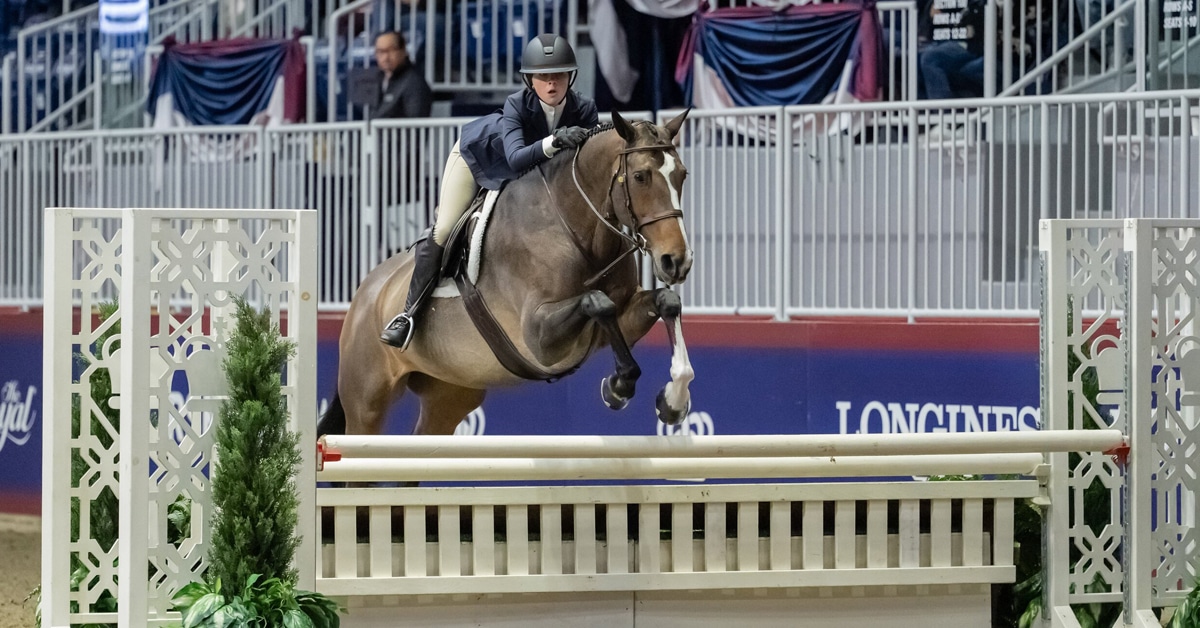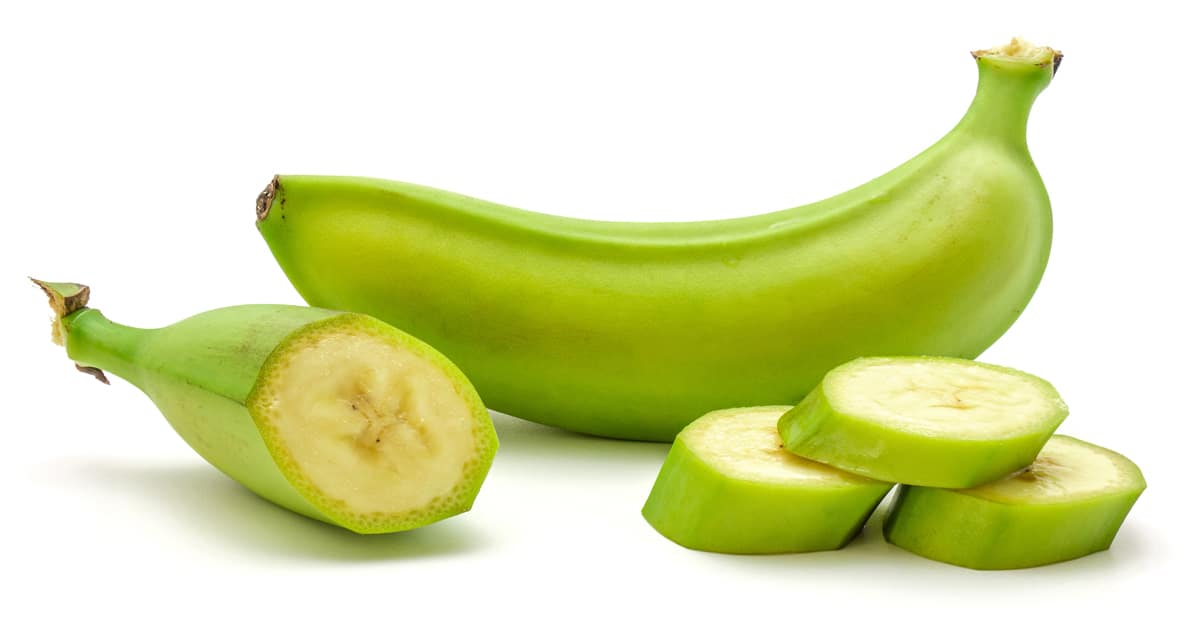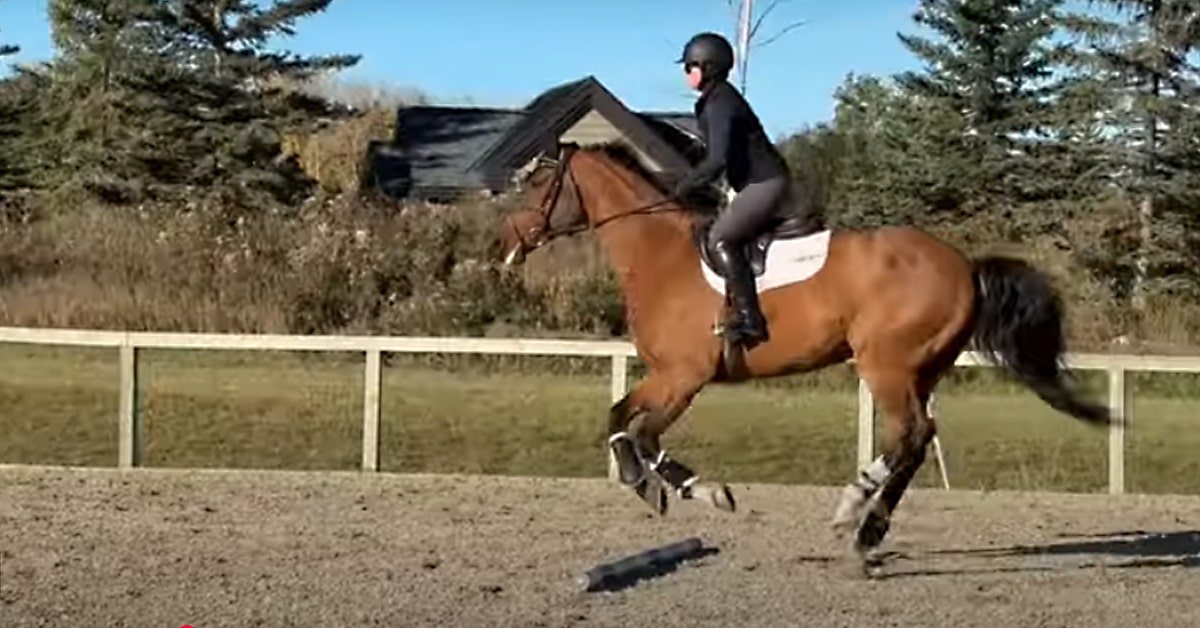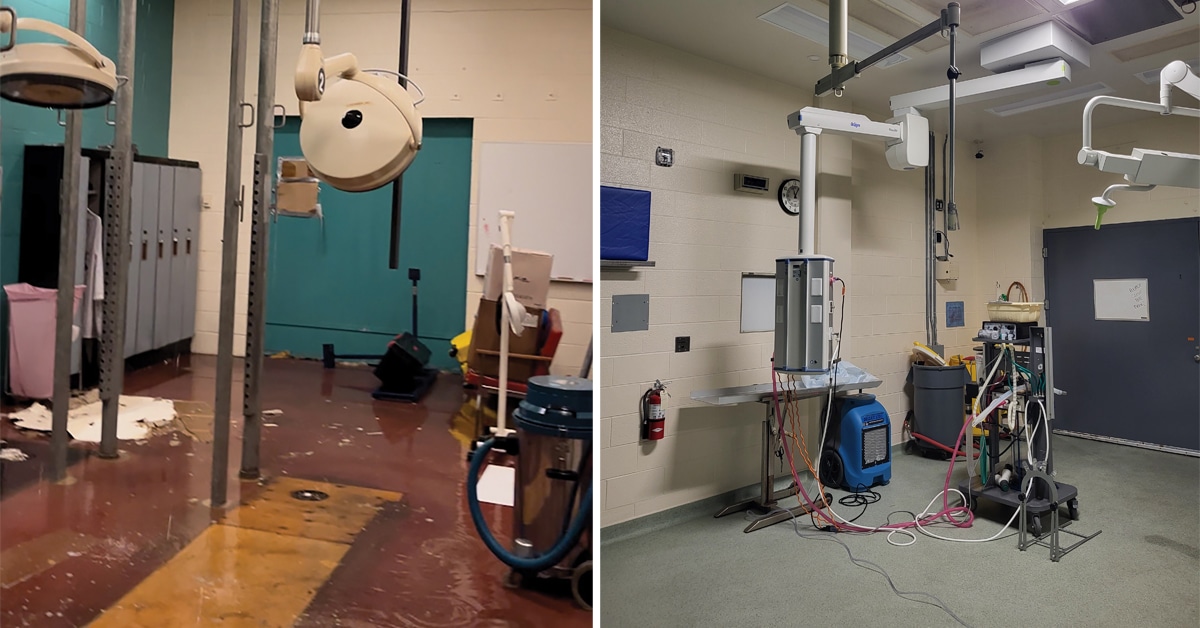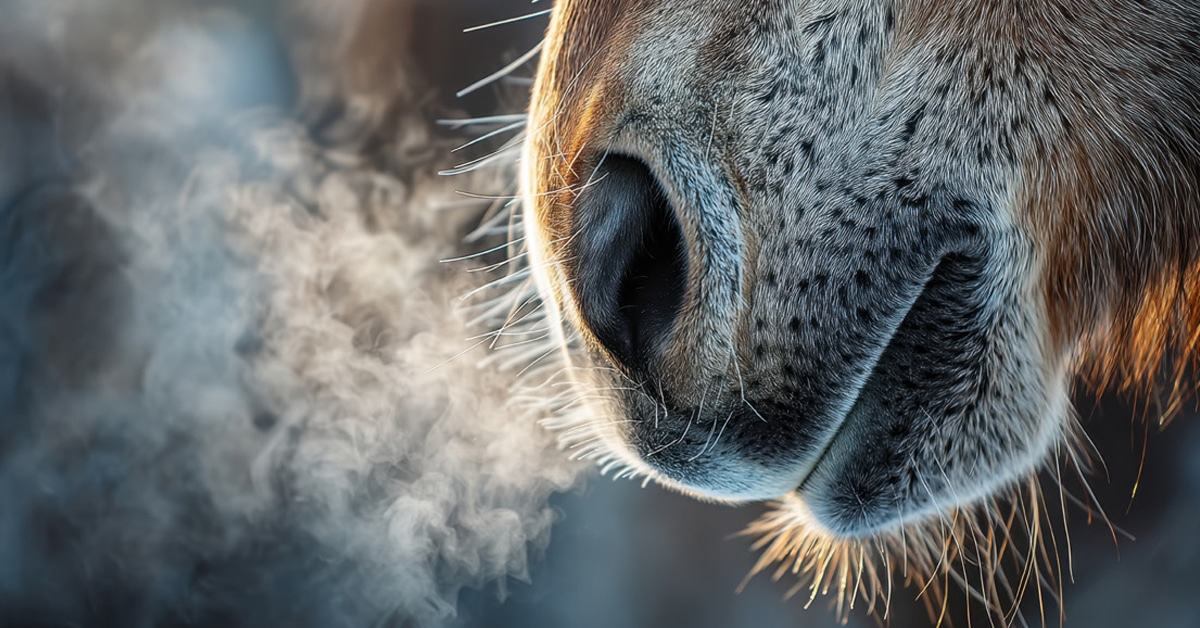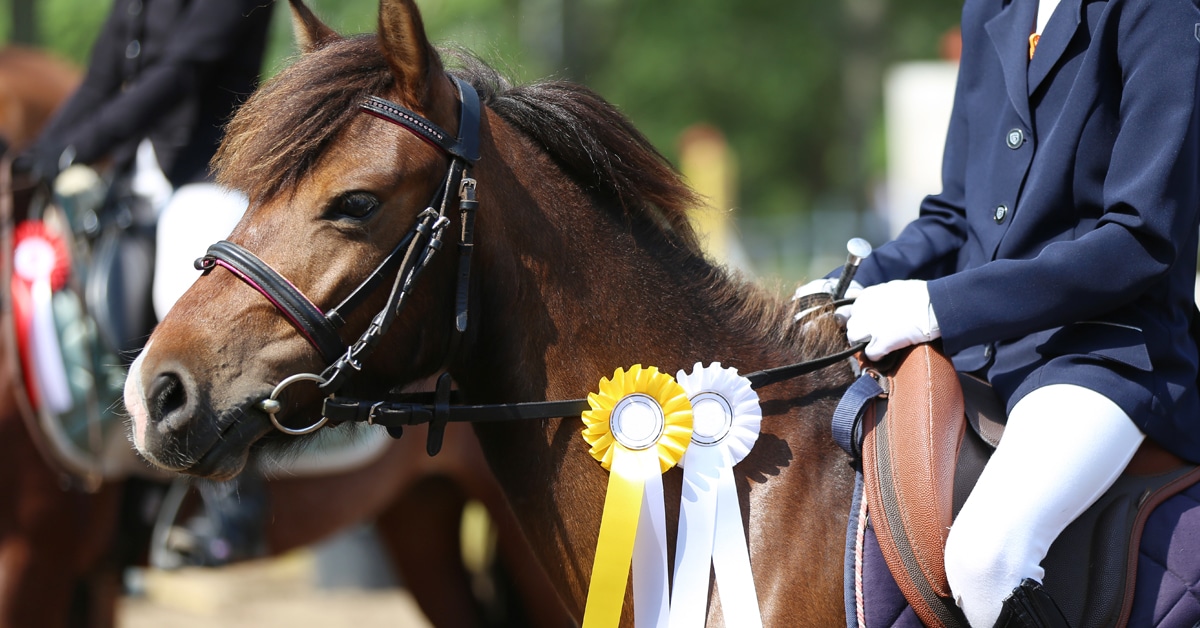There are numerous things that happen when a horse eats a meal, so it is important to keep these in mind as you plan how you manage the feeding of your horse(s).
Horses have adapted to eating small amounts of forage for most of the day. Idle horses and some light working horses can meet all of their nutrient requirements from good quality hay and/or pasture, a salt source and water although some nutrients may still be lacking, depending on the quality of the forage. Horses that have higher nutrient demands due to work, growth, or breeding typically require meals of concentrated sources of nutrients such as commercial mixes and/or whole grains in addition to good quality hay and/or pasture.
Ideally, these meals are split into multiple meals per day for several reasons. When a horse eats a meal, there are hemodynamic (blood flow) and endocrine fluctuations that can affect the horse’s gastrointestinal health and their athletic performance. The larger the meal, the greater the effect, so feeding multiple meals per day can make each feeding size smaller.

The typical 3-quart scoop holds about 1.3 kg of a pelleted grain mix; based on my own weighing experiments, different feeds may have different densities and it is important to know how much your scoops of your feeds weigh!
First off, we must remember that a horse’s stomach is about the size of a Canadian football, holding between 9-15 litres. (I like to think in “wine bottle” sizes, so that is 12-20 bottles of wine.) The common 3-quart scoop is also about 3 litres, so if you feed 3 scoops in one meal, there is a risk of overloading the size and capacity of the stomach ‒ which can rupture if too much is eaten at once!
When the horse eats, with chewing comes salivation. Horses can salivate up to 40 litres (about 53 wine bottles), mostly due to chewing forages, but also when they are eating concentrates. Also, as feed moves through the digestive system, digestive juices are secreted from various glands, creating a liquidy “chyme” of fluids and digesta that move through the intestinal system. All of this liquid actually comes from the water found within the horse’s body, particularly from the blood and water found between cells.
With this fluid shift into the digestive tract, the total plasma volume (liquid component of the blood) decreases up to 20%. Also, blood flow is diverted towards the stomach and digestive areas to facilitate nutrient absorption, potentially resulting in reduced blood flow to other areas, such as the muscles. Of course, the bigger the meal size, the more drastic these fluid changes become.
Note that with intense exercise, the total cardiac output – blood flow through the heart in a minute – increases, so there usually isn’t “decreased” blood flow to the muscles during exercise even after eating a meal (unlike what you might have learned as the potential dangers of swimming after a meal). However, if you’re competing at a very high level, you might want to try to avoid feeding too soon before competition.
As that meal is digested in the small intestine, individual nutrients such as glucose, are released and absorbed into the bloodstream. Glucose concentration increases in the blood and triggers the release of insulin from the pancreas. Insulin functions to move glucose out of the blood and into tissues such as the muscle.
When large meals are fed, particularly those high in non-structural carbohydrates (starches and sugars) there is a larger increase in blood glucose and therefore also a larger increase in insulin. It is believed that these large swings in glucose and insulin contribute towards insulin resistance ‒ when the body essentially stops listening to insulin ‒ which can be a factor leading to an increased risk of laminitis. Remember that even our “low starch” feeds that might still have between 15-20% NSC would provide 150-200 grams of sugar in a 1 kg (1,000g) feeding.
If a meal is large enough, and particularly if it is high enough in starch (such as corn, which can be up to 70% starch, or barley, which has some “resistant” types of starches), the meal can actually overload the small intestinal capacity for starch digestion, and starch can make its way into the large intestine. Here, the microbial organisms can rapidly ferment the starch into lactic acid and gasses, and cause a hindgut disturbance. This disturbance to the microbial ecosystem can contribute towards colic or even laminitis.
Finally, remember that horses are creatures of habit and in today’s management system, their days are regulated by their meals, turnout and exercise programs.
When only one or two meals per day are fed, horses begin to anticipate those meals as the “highlight” of their day. This can contribute to anxiety and undesirable pre-feeding behaviors (pawing, kicking, vocalizations), and boredom when they don’t have any food in front of them. Of course, horses should have forage in front of them at all times, except for those that need forages limited because they are overweight.
Ultimately, when horses are fed in small meals many times per day it allows them to be trickle-fed with a slow and constant intake of feed, which is how their digestive tract has evolved and is more inline with their “natural” behavior (based on studies watching feral horses).
For horses that require large amounts of concentrate feed per day – in the 5kg (~ 10 lbs) or more range, or those that may be picky and/or needing to gain weight, feeding more small meals is increasingly important. We realize that not all facilities can accommodate five or more meals, but I hope I can encourage owners and managers to offer forages at all times, and concentrate meals in as many smaller meals per day as possible.
The Latest


